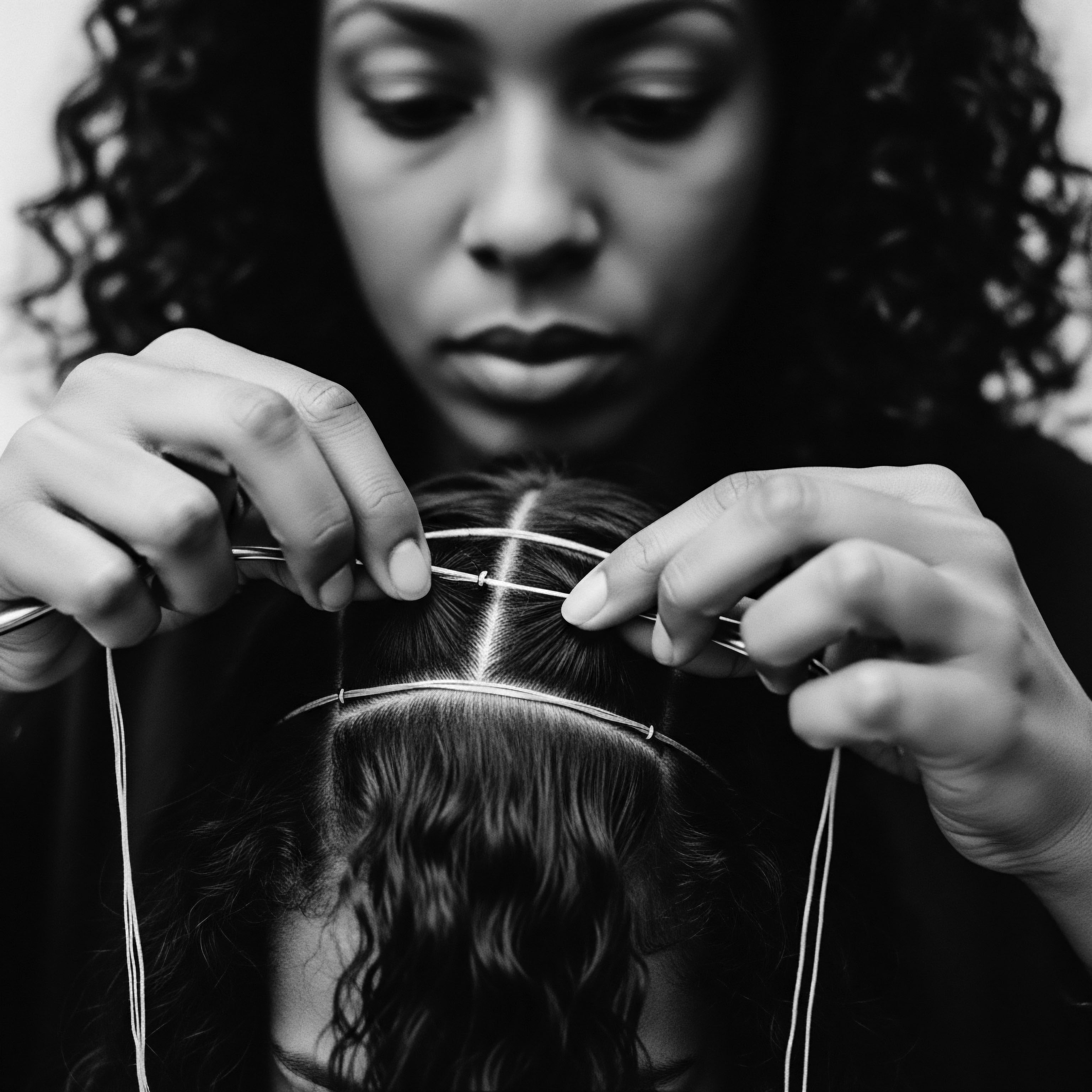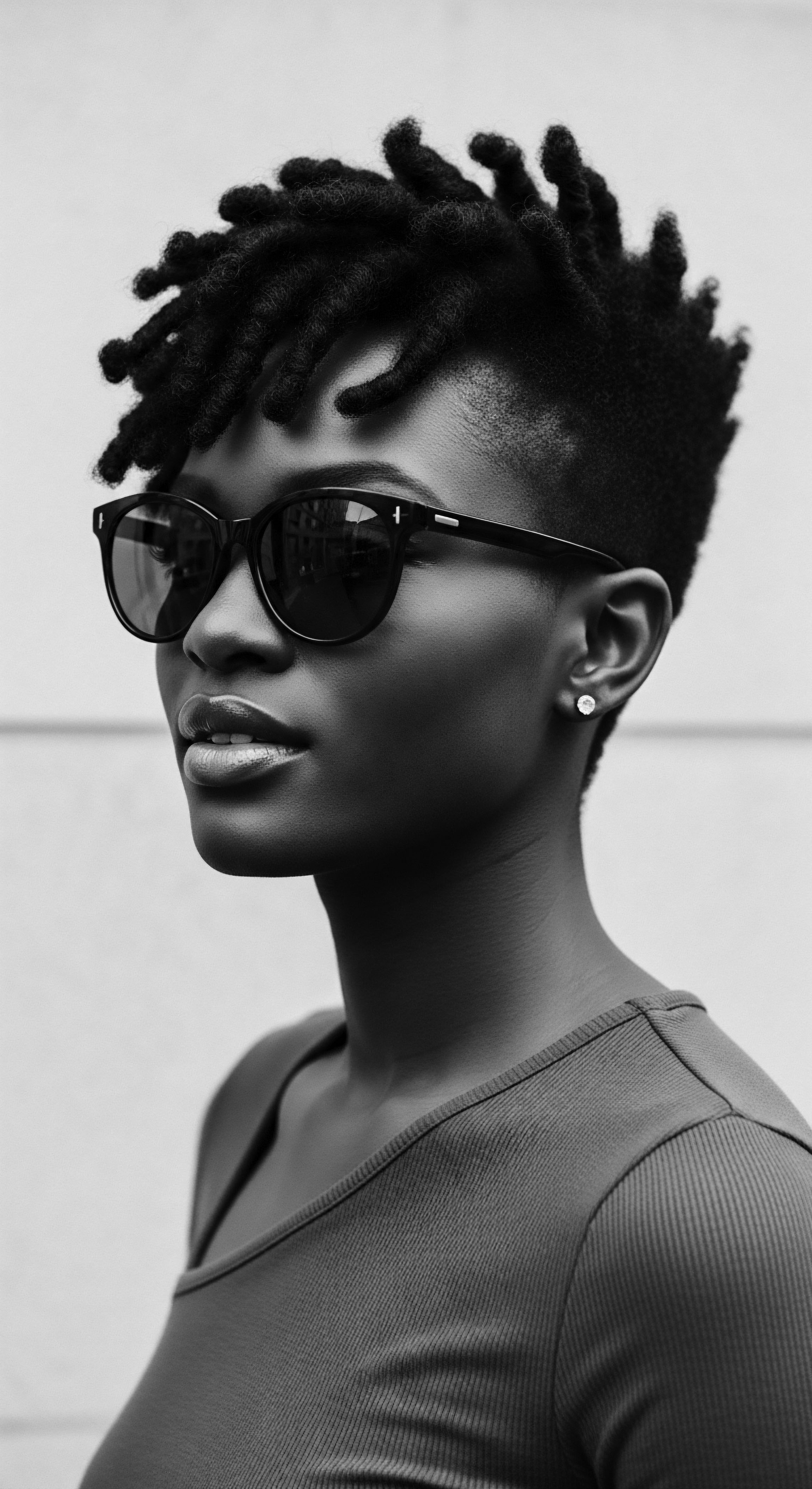
Nighttime Hair
Meaning ❉ Nighttime Hair denotes the ancestral and scientific practices of protecting textured hair during sleep to preserve moisture and structural integrity.

Hair Health At Night
Meaning ❉ Hair Health At Night is the intentional practice of safeguarding hair during sleep to preserve its integrity, moisture, and style, deeply rooted in textured hair heritage.

Protective Styling Sleep
Meaning ❉ Protective Styling Sleep is the deliberate practice of arranging textured hair for overnight rest to prevent damage, retain moisture, and preserve style.

